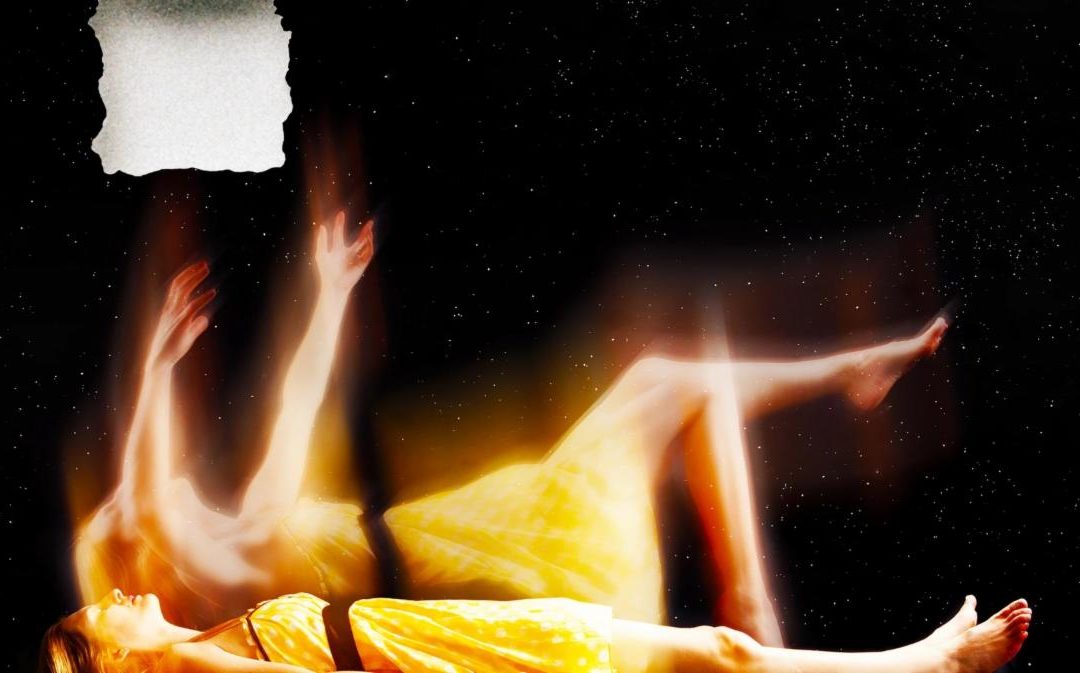Found: Page 25 of the CIA’s Gateway Report on astral projection
“The human mind has tremendous unexplored potential. I want to go about the discovery of that potential in a scientific way,” said Tom Slick, Mind Science founder. By investing in early-career researchers like Subbu Sankarasubramanian, our first BrainStorm winner for her work on suppressing traumatic memories that cause emotional pain, we continue that exploration of the mind today. But we weren’t the only ones interested in exploring the mind’s potential. In 1983 the CIA published the Gateway Report, a mind-bending document about military research into astral projection (out-of-body experiences) and other dimensions. This 28-page document was declassified in 2003, but was missing page 25. Until now. Vice gives the reader access to the full report, while exploring techniques to achieve and potential applications of space-time transcendence.
Disclosure: The author is auctioning an art piece connected to this story. Mind Science has been designated a beneficiary of a portion of the proceeds.
Researchers demonstrate first human use of high-bandwidth wireless brain-computer interface
In an important step toward a fully implantable intracortical brain-computer interface system, BrainGate researchers demonstrated the first human use of a wireless transmitter capable of delivering high-bandwidth neural signals. Brown University, where the device used in the study was developed, reports on this emerging assistive technology that enables people with paralysis to type on computer screens or manipulate robotic prostheses just by thinking about moving their own bodies.
Tracking the neural footprints of consciousness
Can the simple state of “being conscious” be localized in the brain, its properties deconstructed to precisely timed patterns of neural firing? Finding the answers is the goal of a $20 million international, multi-year research program funded by the Templeton World Charity Foundation to search for the neural footprints of consciousness. Facing off to test their hypotheses with diametrically opposed assumptions are Stanislas Dehaene (INSERM/Unicog), the Principal Investigator of our BrainStorm 2020 finalist Lorenzo Ciccione, and Giulio Tononi (University of Wisconsin). The Dana Foundation explains more about the competition and the competing theories.

